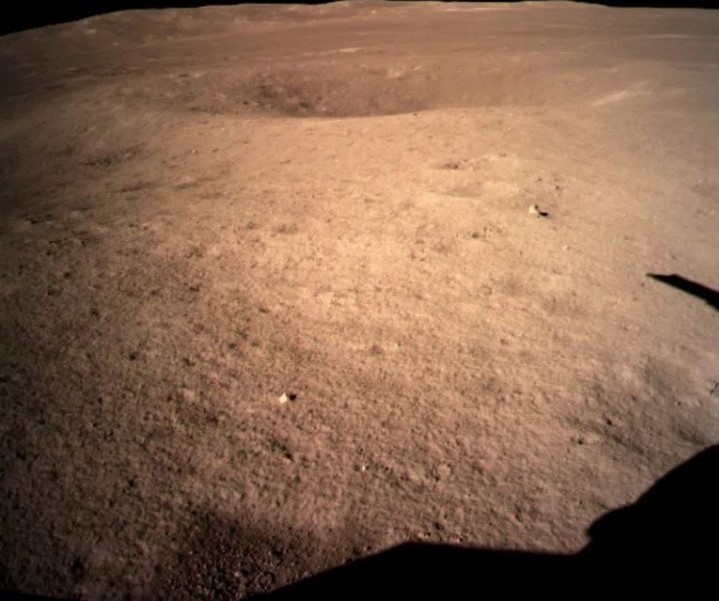China Gets to the Opposite Side of the Moon
Last night, China marked a “giant leap” for space research by successfully soft landing Chang’e-4 in a crate on the far side of the Moon. The achievement is really impressive. This mission will also let the scientists explore the Aitken Basin and figure out different facts about the moon. Previously spacecraft from the USA, the then Soviet Union and China were able to be on the near side of the moon. This is the first time a spacecraft successfully landed the “dark side” of the moon.
The China National Space Administration confirmed the touchdown of the spacecraft Chang’e-4 earlier this morning. At 11:40 a.m. Chang’e-4 sent a photo to the control unit on Earth. In this photo, we can see a small crate and a barren surface which appears to be illuminated by the lights from the lunar explorer.
What does the far side of the moon look like?
China's Chang'e-4 probe gives you the answer.
It landed on the never-visible side of the moon Jan. 3 https://t.co/KVCEhLuHKT pic.twitter.com/BiKjh7Fv22— China Xinhua News (@XHNews) January 3, 2019

This landing highlights China’s progress in space explorations. On December 8, 2018, Chinese media celebrated the successful launch of Chang’e-4. And in this new year, on January 3, 2019, the successful landing of Chang’e-4 marked the progress of China in space technology.
Missions of Chang’e-4
The moon’s far side isn’t always dark but is sometimes called the dark side because it faces away from Earth and is relatively unknown. It has a different composition than the near side, where previous missions have landed. Chang’e-4 is a combined lander and rover. This spacecraft will make astronomical observations. This will also examine the structure and mineral composition of the terrain above and below the surface of the Moon.
Future plans of China regarding Moon exploration
In 2013 Chang’e-3 became the first spacecraft to successfully land moon since moon landing of the former Soviet Union’s Luna 24 in 1976. For now, China plans to have Chang’e-5 to get to the moon and return to Earth with samples.





